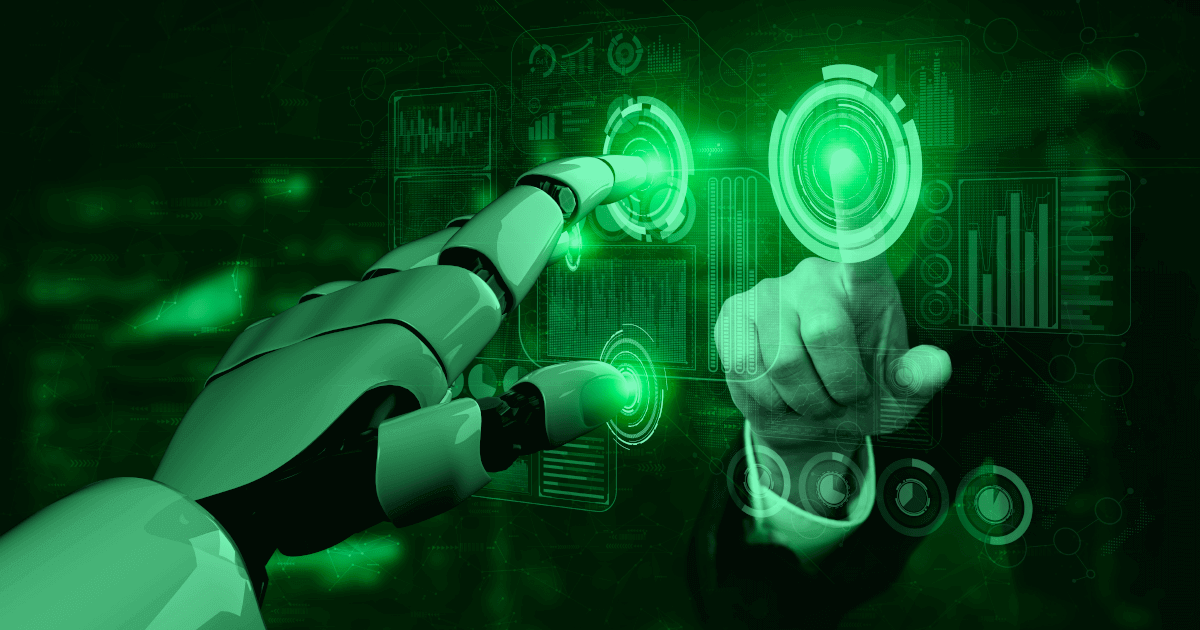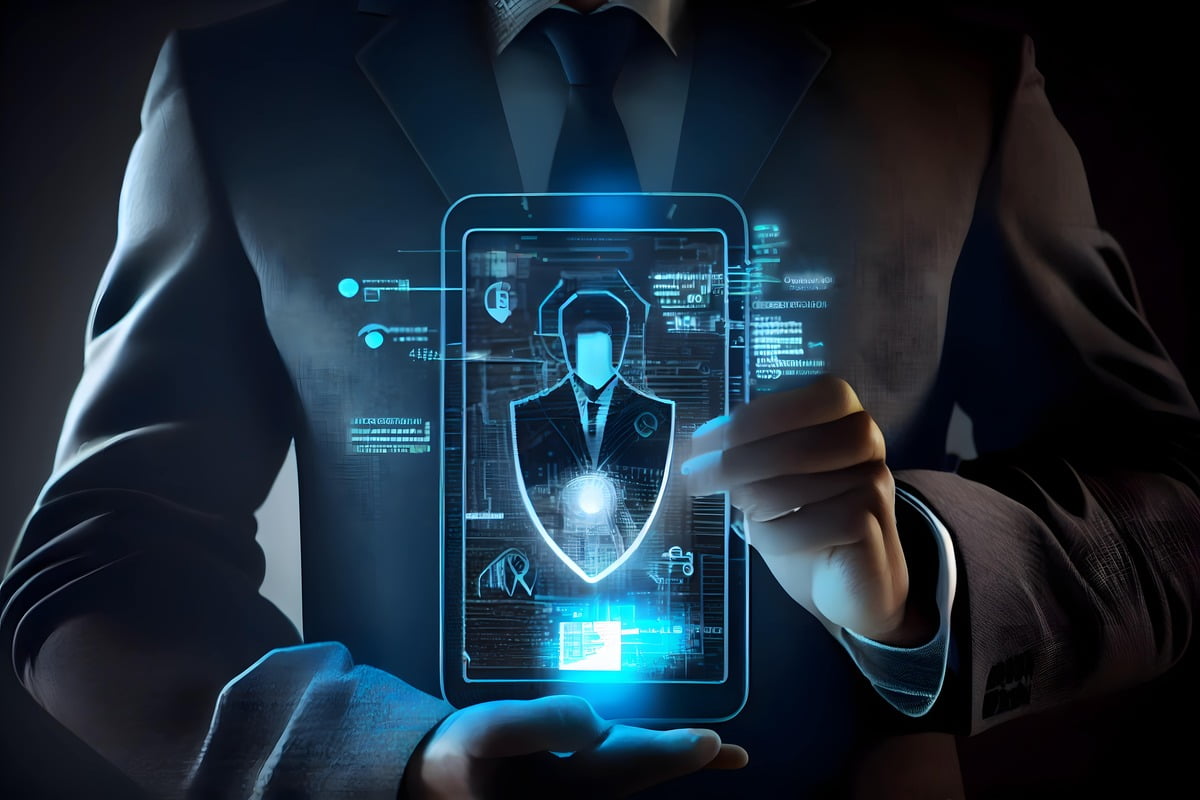As the use of cryptocurrencies grows exponentially, ensuring the security of crypto projects has become paramount. With billions of dollars flowing through blockchain networks daily, protecting user data and investments from cyber threats is crucial for building trust and sustaining growth. While traditional security practices play an important role, artificial intelligence is emerging as a powerful tool to continuously monitor risks, detect vulnerabilities, and strengthen protections for crypto initiatives of all sizes. This article explores how AI technology enhances security validation and adds long-term value for cryptocurrency projects.
Advanced Threat Detection
One way AI enhances security is through advanced threat detection capabilities. Machine learning algorithms can analyze vast amounts of network traffic, transaction patterns, and other digital signals to identify anomalous behavior that may indicate hacking attempts, fraud, or insider threats. By learning from past incidents, AI systems can recognize subtle patterns and correlations that would be nearly impossible for human analysts to detect alone. This enables proactive identification of suspicious or malicious activity that could pose risks.
For example, AI may detect an unusual spike in login attempts from unknown IP addresses, or it could flag transactions sending abnormal amounts to dark web addresses known for illegal activity. Catching threats early allows security teams to investigate, patch vulnerabilities, and prevent attacks before serious damage occurs. The round-the-clock monitoring of AI also ensures that no small details escape scrutiny, even during off-hours.
Automated Security Testing
AI brings the power of automation to security processes. Machine learning can conduct continuous vulnerability scans and penetration tests without human intervention. This frees up valuable security resources for more strategic tasks. It also eliminates human errors, ensuring thorough coverage across all areas of a project’s codebase, apps, networks and systems.
Automated testing quickly discovers flaws like unpatched vulnerabilities, misconfigurations, leaked credentials and other weaknesses. It provides insights into how to remedy issues before exploitation. For projects with tight deadlines or limited budgets, AI security validation is more cost-effective than manual reviews which are time-consuming and require specialized skills. The automation of testing translates to improved security posture at lower cost.
Simulated Attack Modeling
By simulating a wide range of attack scenarios, AI gains a deeper understanding of vulnerabilities within a crypto project. It can mimic the tactics of real-world hackers to probe for weaknesses, assess risk levels, and evaluate the effectiveness of existing protections. This helps identify low-hanging fruit that criminals are likely to target. It also reveals gaps, bottlenecks or single points of failure in a project’s security architecture.
With these insights, development teams can harden defenses, add redundancies and reduce the risk surface area before real attacks occur. The realistic attack modeling performed by AI leads to more robust, resilient security overall. It delivers valuable foresight into how a system may hold up against sophisticated cybercriminals seeking financial gain or opportunities for disruption.
Continuous Monitoring
Perhaps the greatest value of AI for security lies in its ability to provide 24/7 monitoring through continuous machine learning. Rather than periodic spot-checks, AI algorithms actively learn from all network activity to baseline normal behavior patterns and automatically flag anomalies in real-time. Any deviations, such as an unusual rise in transaction volume or authentication failures, immediately trigger alerts.
This constant vigilance ensures rapid detection, investigation and remediation of incidents before they can significantly impact operations or compromise user privacy. It also allows tracing of events and forensic investigation to understand root causes. For projects that store sensitive customer data or handle large transaction volumes, AI delivers the type of persistent, watchful protection that no human team could match without vast resources.
Enhanced User Experience
While security often comes at the cost of convenience, AI helps strike the right balance. By automating mundane security tasks, AI frees personnel for more engaging user support. It also enables frictionless authentication through behavioral biometrics and risk-based authentication without extra steps for low-risk users. AI even facilitates accessibility by remediating website vulnerabilities at scale.
Overall, AI enhances the user experience through faster transactions, smoother access and peace of mind from knowing their data and assets are protected by advanced technology working tirelessly behind the scenes. Strong security powered by AI builds the trust required to attract and retain users over the long run.
Conclusion
As the cryptocurrency industry matures, robust security validation will be paramount for projects aiming to survive and thrive. While traditional methods still play an important role, AI technology provides a powerful complement through its abilities to continuously monitor networks, detect threats and analyze risks in ways that go far beyond human limitations. The automation, insights and round-the-clock protection delivered by AI translate to stronger security postures, cost savings, risk mitigation and improved user experiences.
For crypto projects of all sizes, leveraging AI’s advanced analytics and machine learning represents a strategic advantage. It enhances security programs, adds long-term value and helps build the trust necessary to support sustainable growth. As the threats evolve, so too must protections – and AI ensures crypto projects stay one step ahead through its ability to learn and adapt on an ongoing basis. In the years ahead, AI-powered security validation will become increasingly important for this burgeoning industry.



